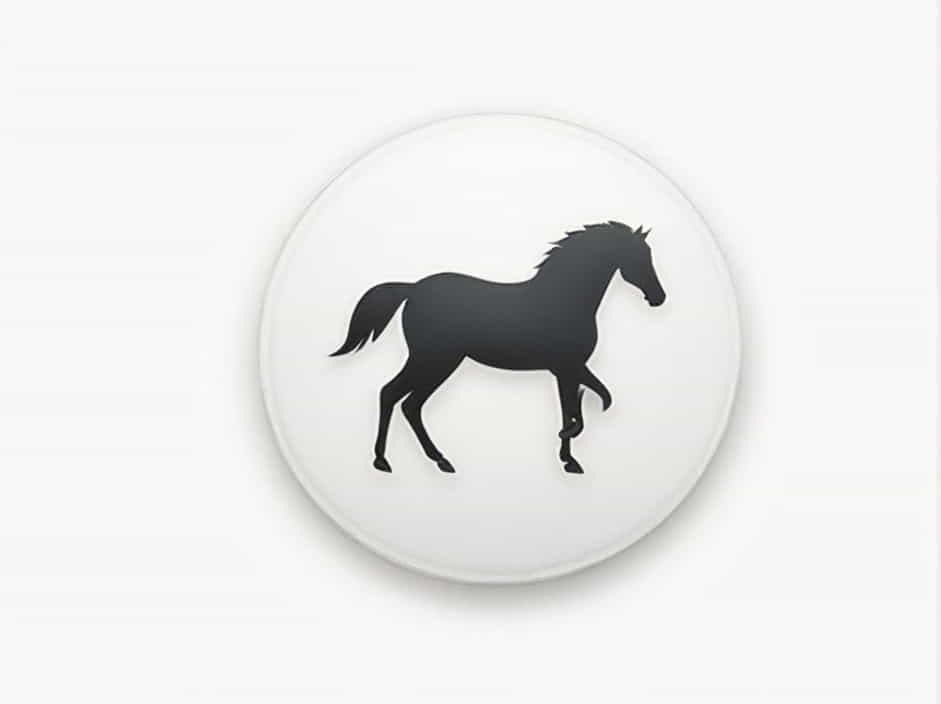The word Phaeton has multiple meanings, ranging from Greek mythology to historic carriages and automobiles. Over time, it has been used in different contexts, making it a fascinating term with both historical and modern significance.
This topic explores the definition of Phaeton, its origins, and how the term has evolved in various fields such as mythology, transportation, and literature.
What Is the Meaning of Phaeton?
The term Phaeton can refer to:
- Greek mythology – The tragic son of Helios who attempted to drive the sun chariot.
- A type of carriage – A lightweight, open vehicle used in the 18th and 19th centuries.
- A style of early automobiles – Open-top cars inspired by the horse-drawn phaeton carriage.
Each meaning is deeply connected to history and culture, shaping how the word is understood today.
The Mythological Origins of Phaeton
1. Phaeton in Greek Mythology
In Greek mythology, Phaeton was the son of Helios, the sun god, and a mortal woman, Clymene. His story is one of ambition, failure, and tragedy.
The Story of Phaeton
- Phaeton asked Helios to let him drive the sun chariot across the sky to prove his divine heritage.
- Despite warnings, he lost control of the chariot, causing destruction on Earth.
- To stop the chaos, Zeus struck him down with a thunderbolt, and Phaeton fell into the River Eridanus.
2. Symbolism of Phaeton
The myth of Phaeton represents:
- Overconfidence and recklessness
- The dangers of unchecked ambition
- The limits of human ability
This story has been referenced in literature, art, and philosophy as a lesson about responsibility and hubris.
Phaeton as a Carriage
1. What Is a Phaeton Carriage?
A phaeton was a light, open-air, four-wheeled carriage commonly used in the 18th and 19th centuries. It was known for its high seats and lack of doors, making it a stylish but somewhat dangerous mode of transport.
2. Features of the Phaeton Carriage
- Lightweight and elegant design
- High, open seats (requiring skill to drive)
- No doors or protective covering
- Popular among the wealthy and aristocrats
3. Types of Phaeton Carriages
- The High-Flyer – A very elevated phaeton, known for its instability.
- The English Phaeton – A refined version with better control.
- The Spider Phaeton – A more delicate, sportier model.
Phaeton in Early Automobiles
1. The Transition from Carriage to Car
As automobiles became popular in the late 19th and early 20th centuries, the term phaeton was adapted to describe a type of car. These vehicles maintained the open-air, lightweight design of the original horse-drawn phaeton.
2. Characteristics of a Phaeton Car
- Open-top design (often with a removable roof)
- Four doors and a spacious interior
- Similar in style to touring cars
3. Notable Phaeton Cars
- Ford Model A Phaeton (1928-1931)
- Packard Phaeton models
- Cadillac V16 Phaeton (1930s)
Phaeton in Literature and Modern Usage
1. Literary References to Phaeton
The story of Phaeton has inspired many literary works, including:
- Ovid’s Metamorphoses – A detailed retelling of the myth.
- Shakespeare’s Romeo and Juliet – A reference to Phaeton’s speed.
- Modern poetry and novels – Often symbolizing recklessness and ambition.
2. Phaeton in Everyday Language
Although not commonly used in conversation, “Phaeton” can still appear in discussions about mythology, vintage transportation, and classic literature.
The term Phaeton has evolved from Greek mythology to a symbol of elegance in transportation. Whether referring to the tragic son of Helios, a stylish carriage, or a classic automobile, Phaeton remains a word rich in history and cultural significance.
